Discovering ants in your car engine can be a daunting experience. It’s not just the sight of these critters that is unsettling; it’s the understanding that they aren’t just a minor nuisance—they can potentially cause significant damage to your vehicle.
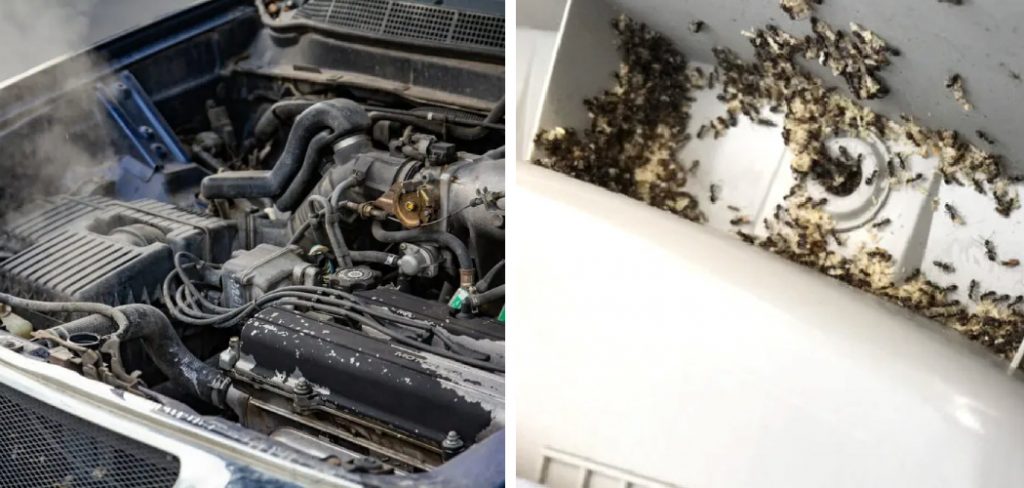
Whether you’re a DIY enthusiast working on an eco-friendly, homegrown solution or someone eager to protect their investment and keep their car running smoothly, this guide will walk you through the process of identifying, eliminating, and preventing ant infestations in one of the most critical parts of your automobile. So keep reading to learn more how to get rid of ants in car engine.
The Consequences: Why Ants in Your Car Engine Are More Than a Nuisance
Most car owners aren’t aware of the dangers of having ants take up residence in their engines until it’s too late. The heat, electrocution hazards from chewed-up wiring, and the damage their acidic bodily secretions can do to electrical systems, hoses, and other components are all reasons to take swift action.
In some cases, ants can form nests in the ECU (Electronic Control Unit) or build in the heater ducts of the car, blocking airflow and leading to overheating.
Can You Get Rid of Ants in The Car Engine?
Yes, You Can! Before you know how to get rid of ants in your car engine, you’ll need to understand that some automotive ant killers are toxic and can harm pets or small children.
Therefore, it is best to opt for natural solutions or consult a professional exterminator who can safely remove the pests without causing any adverse environmental effects.
Identifying Ant Infestation: Early Detection Saves Engines
Signs of Ant Infestations in Car Engines
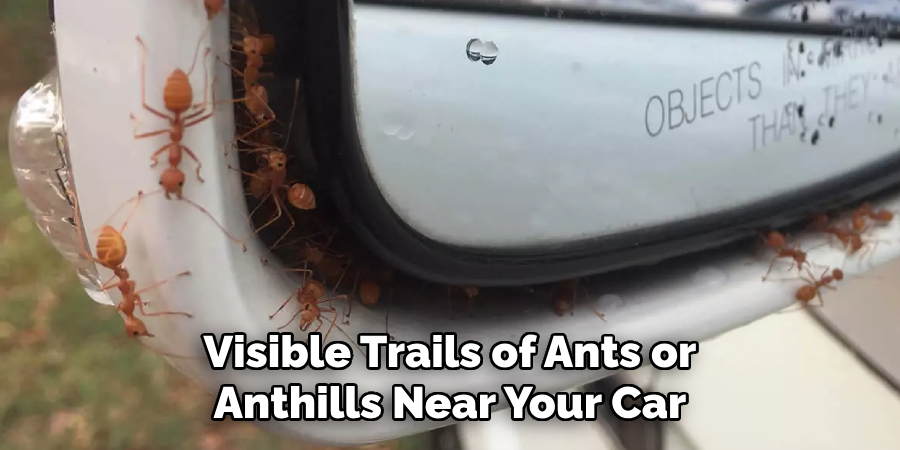
Ant infestations can go unnoticed for quite some time, but there are several signs to look out for. Common indicators include visible trails of ants or anthills near your car, particularly around the engine bay. You might also notice ant carcasses or body parts scattered about if you open the hood or electrical problems that seem to have no other explanation.
Potential Causes of Ant Infestation
Understanding why ants are attracted to your car in the first place can help you prevent future occurrences. Ants in search of food or a new home may find the warmth and shelter of an engine to be an inviting location.
Spilled sugary drinks, food crumbs in the cabin, or even the sweet-tasting, warm, and dark spaces of your car’s mechanics can be the initial lure for these pests.
Preventive Measures: Fortifying Your Vehicle Against Ant Invasions
Prevention is always better than having to deal with the problem later. For ants, it’s about creating an environment that is less conducive to their activity.
Maintaining a Clean Car Interior
Ensure that your car cabin is free of any food debris. Regular vacuuming, cleaning surfaces, and disposing of any waste will significantly reduce the chances of ants being attracted to your vehicle.
Sealing Entry Points
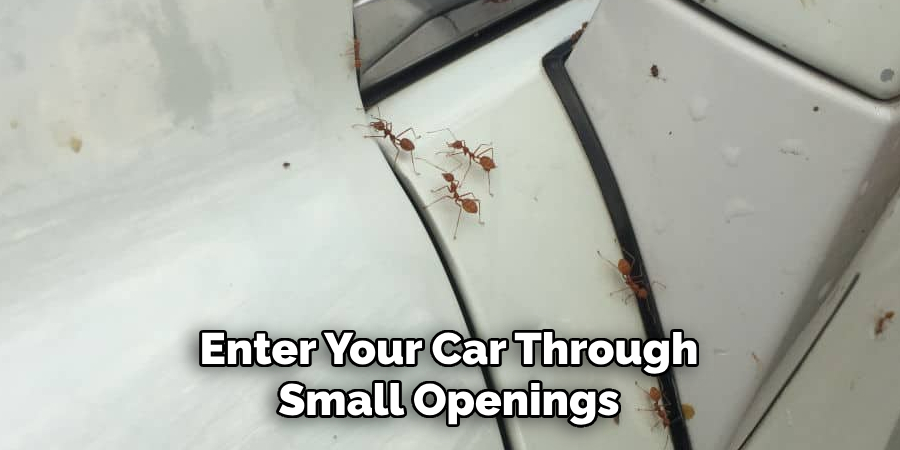
Ants can enter your car through surprisingly small openings. Seal any cracks or gaps in your vehicle’s exterior using silicone caulk; this barrier blocks ants and helps prevent other pests from finding their way in.
Using Natural Deterrents
Sprinkling materials such as cinnamon, diatomaceous earth, or a mixture of vinegar and water around the perimeter of your car can act as a natural deterrent. Peppermint oil, bay leaves, or coffee grounds placed in strategic locations within the car can keep ants at bay, too.
How to Get Rid of Ants in Car Engine: A Complete DIY Guide
If ants have already occupied your car’s engine, here is a step-by-step guide to removing them safely and effectively.
1. Safety First
It’s essential to turn off the car, let the engine cool down completely, and disconnect the battery before you begin. Ants, when disturbed, can move aggressively, so having protective clothing and gloves is recommended.
2. Elimination Techniques
Identify the type of ants present, as certain species may require different eradication methods. Generally, using an ant bait formulated for cars (gel or granules) is the most effective way to remove these pests. Place the bait in affected areas and wait for them to feed.
3. Cleaning and Disinfecting
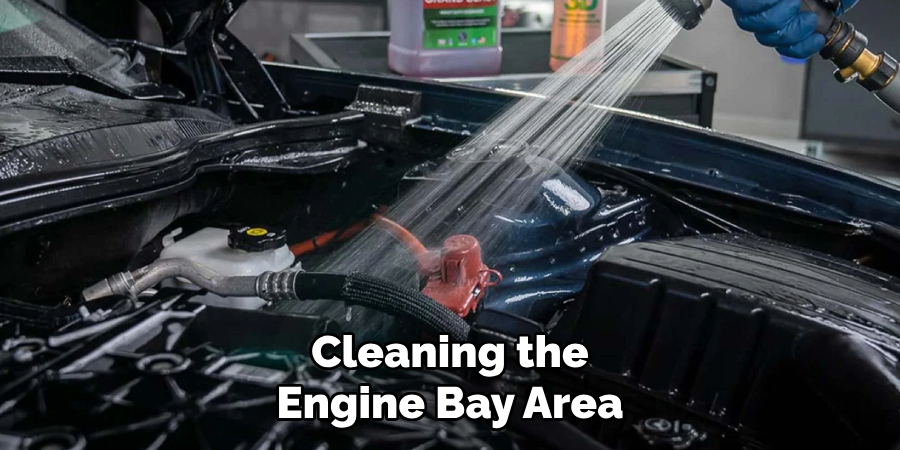
Cleaning the engine bay area thoroughly with an automotive degreaser can help eliminate any remaining ants and deter other pests. This also removes the pheromone trails ants leave that could attract further infestations.
Additionally, using a disinfectant can help get rid of any bacteria or germs that the ants may have brought in.
4. Regular Check-Ups and Maintenance
As with most pest problems, prevention is key to avoiding future infestations. Regularly inspect your vehicle for any signs of ant activity, and take preventive measures to fortify against potential invasions.
5. Professional Pest Control Services
If the infestation is severe or recurring, it may be best to seek professional help. A licensed pest control expert can assess the situation and provide more targeted solutions to eliminate ants from your car engine.
Post-Infestation Action: Preventing a Return
After the ants are gone, you can do a few things to ensure they don’t come back.
Regular Maintenance
Keep up with regular maintenance on your car. Regularly scheduled visits to a mechanic not only keep your car in good working order but also allow you to spot and address any potential ant-related issues.
Stay Clean
Maintain a strict “no-food” policy in your vehicle, and perform a thorough cleanout every few months, especially of those hard-to-reach places in the engine bay where crumbs can accumulate.
Natural Remedies
In addition to keeping your car clean and maintained, use natural repellents to create a hostile environment for pests. A little diligence can go a long way.
5 Benefits of Get Rid of Ants in Car Engine
1. Improved Performance and Fuel Efficiency
Ants can cause damage to the electrical systems and mechanics of a car, affecting its overall performance and fuel efficiency. By removing them, you ensure your car is running at optimal levels.
2. Avoiding Costly Repairs
The longer an ant infestation persists, the greater the damage to your vehicle and the more expensive any necessary repairs will be. By addressing the issue promptly, you can save yourself the hassle and expense of major repairs.
3. Prevention of Infestations in Other Areas
Ants that have found their way into your car’s engine can easily enter other areas of the vehicle and even your home. By eliminating them from the source, you prevent further infestations.
4. Peace of Mind and Comfort
Knowing that no ants are crawling around in your car can provide a sense of peace and comfort while driving. This is especially important for those who fear insects or have had negative experiences with pests in the past.
5. Protection Against Potential Damage
Some ants, such as carpenter ants, can cause extensive damage to wooden structures. If they make their way into your car’s engine and then migrate to other areas of the vehicle, they could potentially cause damage that would require costly repairs. Removing them from your car engine protects against this possibility.
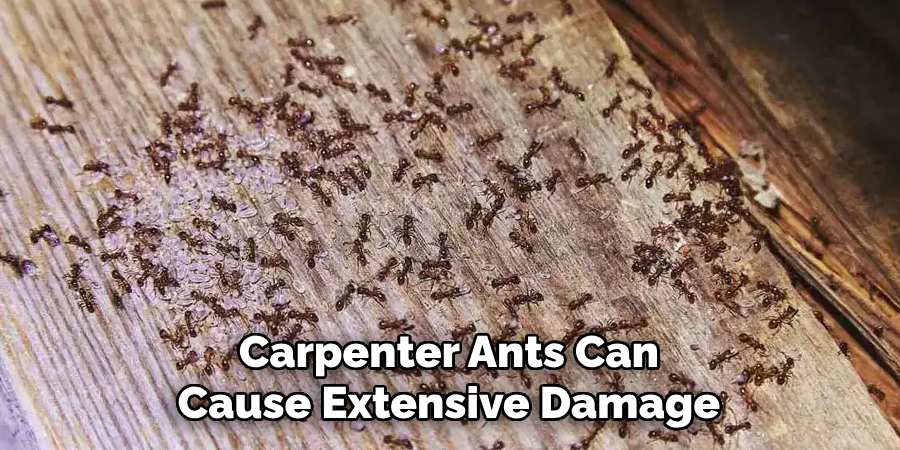
4 Common Mistakes People Make When Trying to Get Rid of Ants in Their Car
1. Using Ineffective Products or Methods
Some DIY methods and products may not be sufficient to eliminate ants from your car engine. It’s important to use proven techniques and products specifically designed for this purpose.
2. Not Addressing the Root Cause
Simply removing the visible ants does not address the underlying issue that attracted them to your vehicle in the first place. Regular maintenance and cleanliness are crucial for preventing future infestations.
3. Neglecting Regular Check-Ups
Once an infestation has been addressed, it’s important to continue monitoring for any signs of re-infestation. Neglecting this step may result in a repeat or more severe ant problem.
4. Not Seeking Professional Help
Sometimes, a DIY approach may not be enough to fully eradicate ants from your car. It’s important to recognize when it’s necessary to seek professional pest control services to prevent further damage and ensure the safety of your vehicle.
Frequently Asked Questions About Removing Ants from Car Engines
How Can I Tell if Ants Are Living in My Car Engine?
Look for visible ant trails leading into the engine area, listen for rustling sounds within, or inspect for debris that ants typically leave behind, such as bits of leaves or dirt.
What Is the First Step I Should Take When I Find Ants in My Engine?
Ensure safety first by turning off the car and allowing the engine to cool. Then, disconnect the battery before you attempt to remove or treat the ants.
Are There Any Natural Products That Can Help Remove Ants from Car Engines?
Products like diatomaceous earth, peppermint oil, vinegar solutions, and citrus peels can deter ants without harsh chemicals.
Why Is It Important to Disconnect the Car Battery Before Removing Ants?
Disconnecting the battery ensures that the car systems are not active, reducing the risk of electrical shocks and preventing the car from being unintentionally started during the process.
In Summary
The presence of ants in your car engine might seem inconvenient, but it can lead to serious complications if left unattended. By following the steps outlined in this guide, you can easily eliminate ants, safeguard your vehicle’s integrity, and cultivate an environment that ants will think twice about before invading.
Remember, the battle against pests is ongoing, but with knowledge and preparedness, you can keep your car ant-free – and your driving experience worry-free. Thanks for reading our post about how to get rid of ants in car engine.

About
JeepFixes Team is a skilled author for Jeep Fixes, bringing 6 years of expertise in crafting a wide range of jeep fixes. With a strong background in jeep fixes work, JeepFixes Team’s knowledge spans various types of fixtures, from decorative pieces to functional hardware, blending precision with creativity. His passion for jeep fixes and design has made him a trusted resource in the industry.
Professional Focus:
Expert in Jeep Fixes : JeepFixes Team aesthetic specializes in creating durable and innovative jeep fixes, offering both appeal and functionality. His work reflects a deep understanding of jeep fixes techniques and materials.
Sustainability Advocate : He is dedicated to using sustainable practices, ensuring that every fixture is crafted with eco-friendly methods while maintaining high-quality standards.
In his writing for jeep fixes, JeepFixes Team provides valuable insights into the latest trends, techniques, and practical advice for those passionate about jeep fixes, whether they are professionals or DIY enthusiasts. His focus on combining artistry with engineering helps others discover the true potential of jeep in design.
